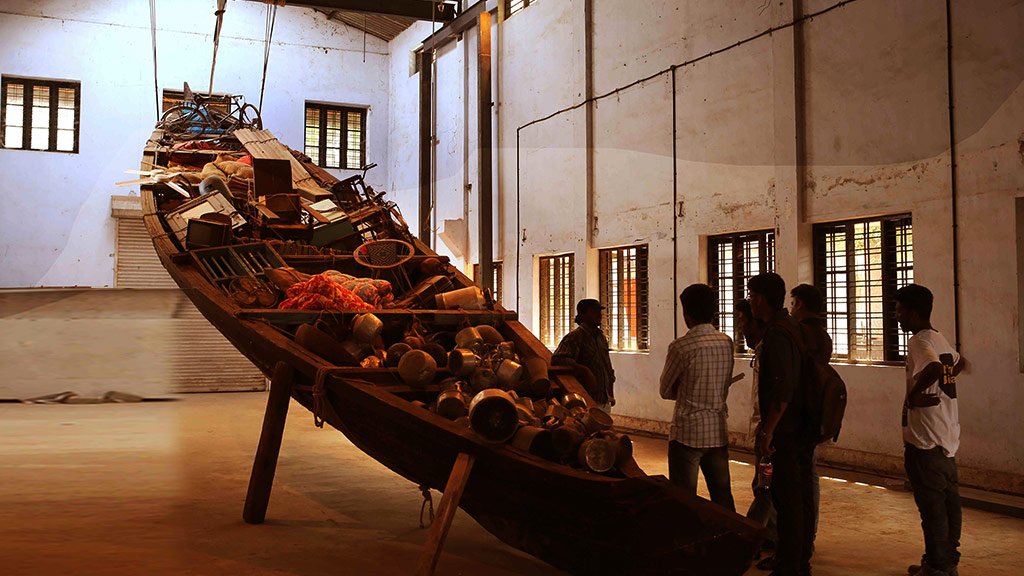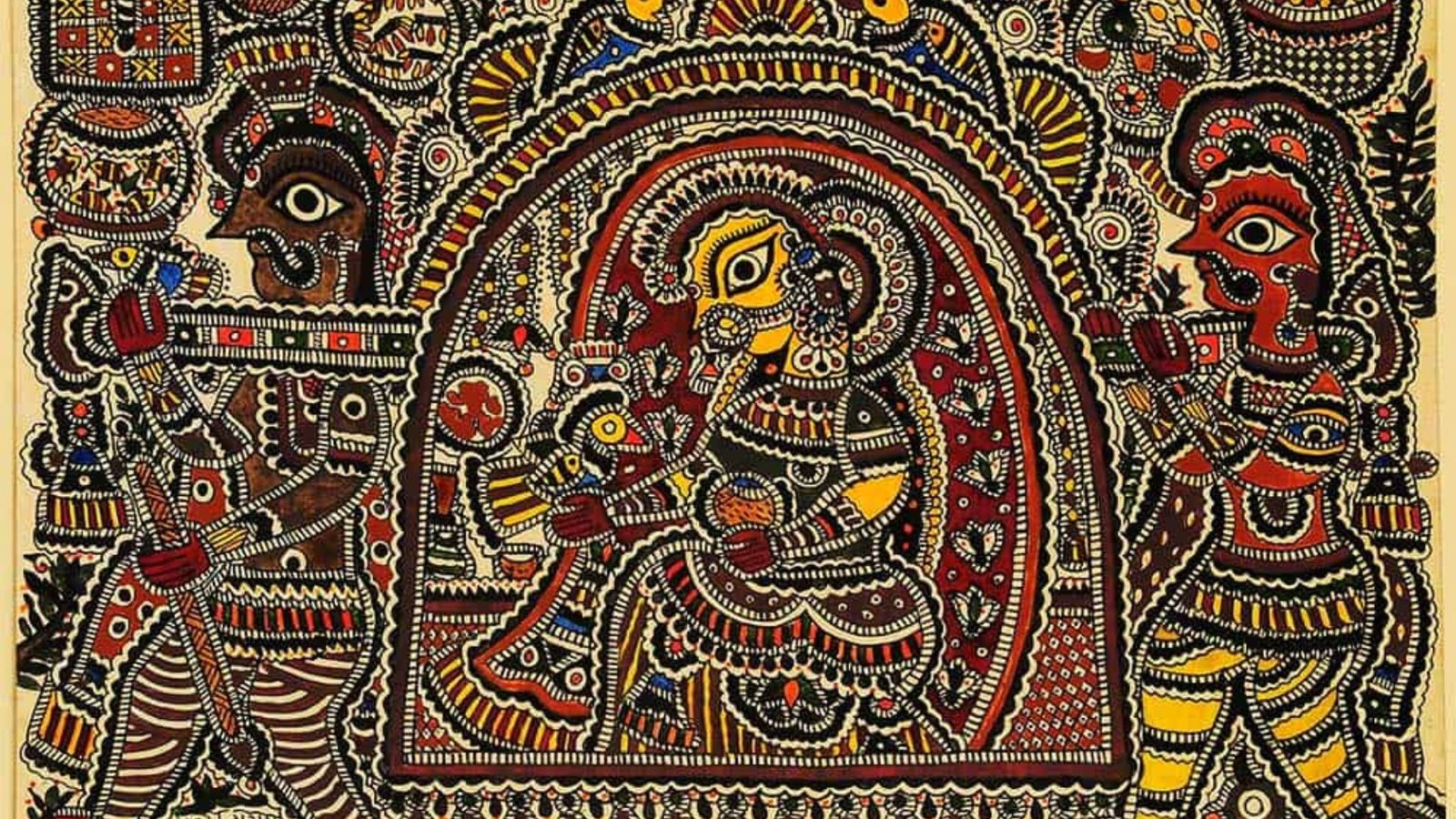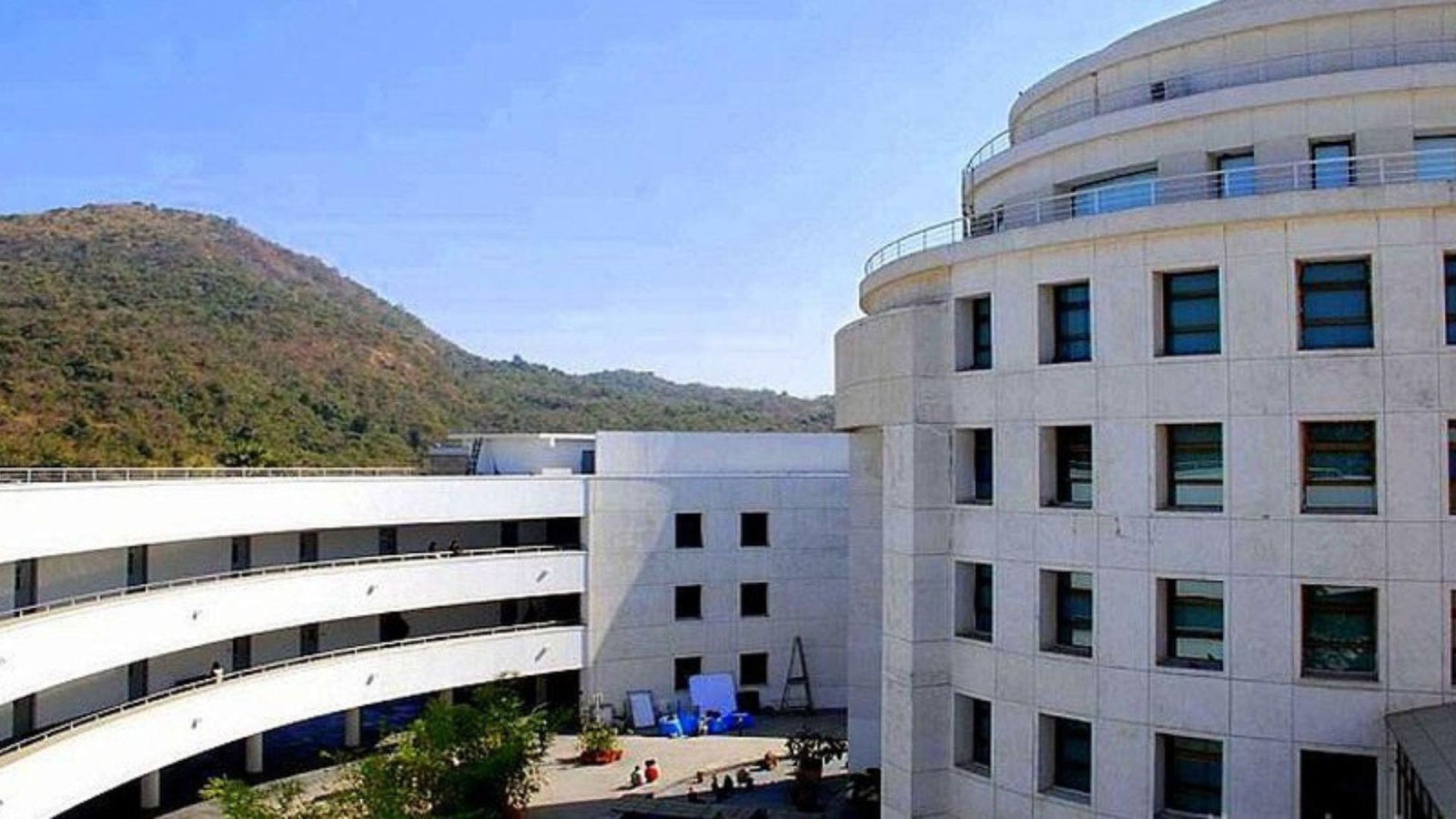Best Indian Art Books for Enthusiasts
If you’re passionate about art, exploring Indian art books for enthusiasts can deepen your understanding and appreciation of this vibrant field. These books offer insights into various styles, artists, and movements, making them invaluable resources. Here’s a curated list of essential Indian art books for enthusiasts that will enrich your art collection and knowledge.
1. The Art of India: A Concise History by N. N. Ghosh
For those starting, The Art of India: A Concise History provides a broad overview of Indian art. This book covers major periods and styles, making it a great introduction. As an Indian art book for enthusiasts, it offers a solid foundation and is easy to understand for both beginners and seasoned art lovers.

2. Indian Art: A Concise History by Partha Mitter
Indian Art: A Concise History by Partha Mitter is another excellent choice. This book explores the evolution of Indian art from ancient times to the present. It’s perfect for anyone looking to dive deeper into the historical contexts and artistic developments that have shaped Indian art.
3. The Circle of Bliss: Buddhist Meditational Art by John C. Huntington and Dina Bangdel
This book, The Circle of Bliss, delves into Buddhist art from India and Nepal. As one of the significant Indian art books for enthusiasts, it highlights the intricate details and spiritual aspects of Buddhist art. It’s ideal for those interested in religious and meditative art forms.
4. Rivers of Beauty: The Art of Contemporary India by Gayathri Sinha
Rivers of Beauty focuses on contemporary Indian art. Gayathri Sinha showcases the works of modern Indian artists, making it a must-have for anyone interested in current trends and innovations in Indian art. This book is a great addition to any collection of Indian art books for enthusiasts.
5. The Painted and the Unpainted: Art in India by S. Kalidas
This book provides a unique perspective on traditional and modern art in India. The Painted and the Unpainted examines the interplay between various artistic traditions and their evolution. It’s a valuable resource for understanding how Indian art has changed over time.
6. Madhubani Art: The Sacred Paintings of Bihar by Pratapaditya Pal
Madhubani Art explores one of India’s most famous folk art forms. Pratapaditya Pal provides an in-depth look at Madhubani paintings, their history, and significance. For those keen on learning about regional art styles, this book is a key resource among Indian art books for enthusiasts.
7. Indian Miniature Paintings by B.N. Goswamy
Indian Miniature Paintings is a comprehensive guide to the miniature painting tradition in India. B.N. Goswamy’s book offers detailed analysis and stunning visuals of these intricate artworks. It’s essential reading for anyone interested in the finer aspects of Indian art.
8. Indian Art and Culture by Ananda Coomaraswamy
Ananda Coomaraswamy’s Indian Art and Culture is a classic. This book delves into the philosophical and cultural contexts of Indian art. It provides a deep understanding of how Indian art reflects and influences the culture. As one of the fundamental Indian art books for enthusiasts, it’s a great addition to any art lover’s library.
9. The Art of the Indian Subcontinent by Robert Skelton
The Art of the Indian Subcontinent covers a broad spectrum of Indian art, from ancient to modern times. Robert Skelton’s book offers a detailed examination of different artistic periods and styles. It’s a valuable resource for those wanting a comprehensive overview of Indian art history.
10. Modern Indian Art: 1947-1997 by Ranjit Hoskote
This book provides a thorough exploration of modern Indian art, focusing on the period from 1947 to 1997. Ranjit Hoskote’s work is crucial for understanding the transition of Indian art into contemporary forms. It’s a significant read for enthusiasts interested in modern and contemporary Indian art.
11. The Spirituality of Indian Art by Jaynie R. B. R. Smith
The Spirituality of Indian Art examines how spirituality and religion have influenced Indian art. Jaynie R. B. R. Smith’s book explores various artistic expressions of spirituality, making it an essential read for those interested in the spiritual dimensions of Indian art.
12. Folk Art of India by Sumathi Ramaswamy
Folk Art of India by Sumathi Ramaswamy offers an in-depth look at the diverse folk art traditions across India. This book highlights regional variations and the cultural significance of folk art, making it a valuable resource for anyone interested in the less mainstream aspects of Indian art.
Conclusion
Indian art books for enthusiasts offer a wealth of knowledge and insight into the rich and diverse world of Indian art. From historical overviews to detailed examinations of specific art forms, these books provide valuable resources for anyone interested in exploring Indian art. By adding these titles to your collection, you can deepen your understanding and appreciation of this fascinating field.



















